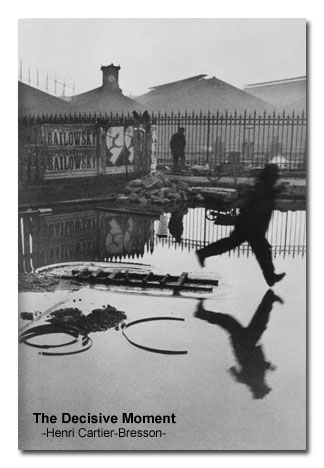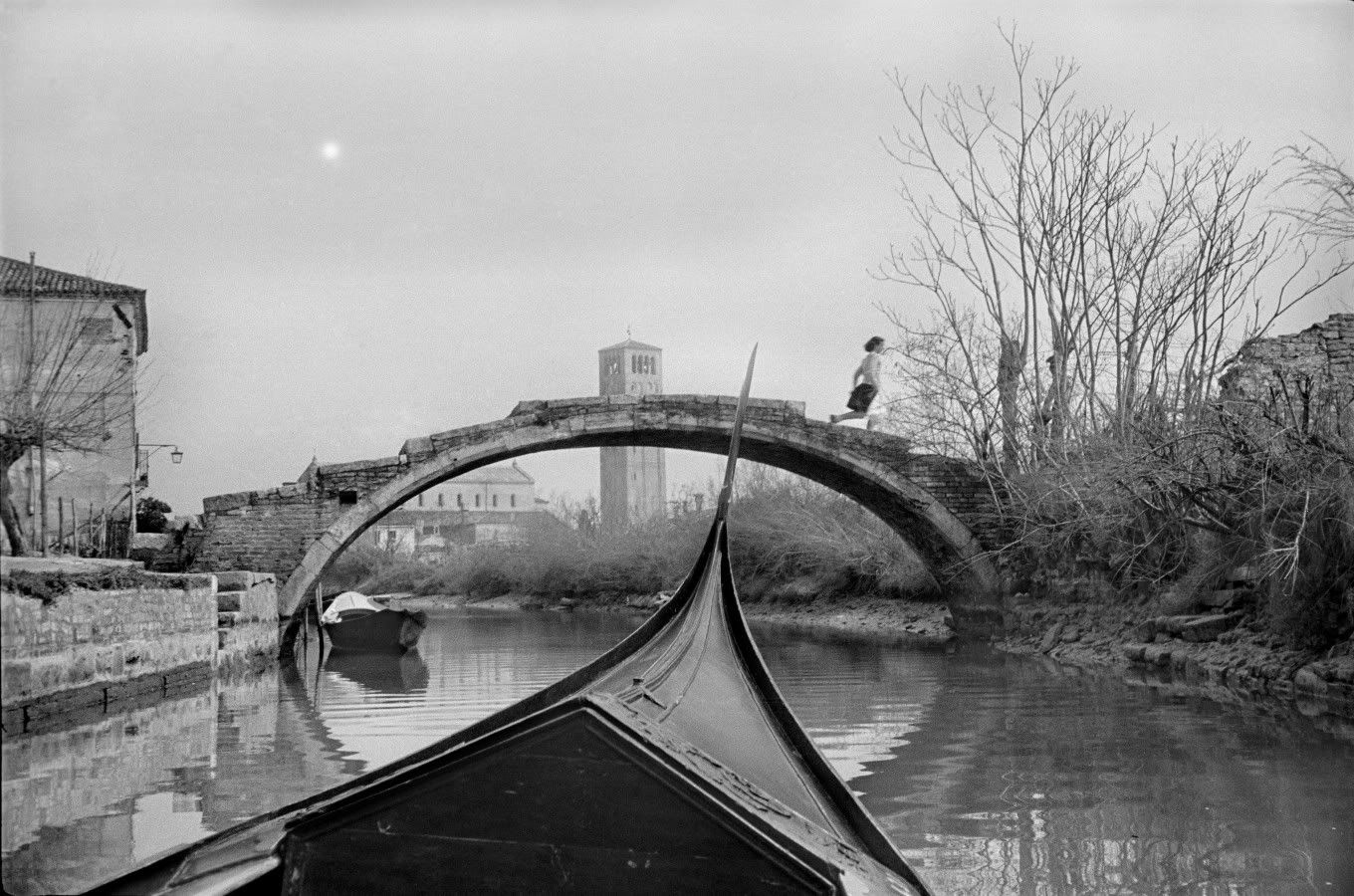Ross King Photography
Monday 27 January 2014
Monday 16 December 2013
photoshop
The mountains at the very back were blurred by 85% then the slightly closer mountains by 50% then finally the closest ones behind the church i blurred by 20%
I sharpened the church by 205 and finally blurred in front of the church by 50%
All of this has enabled me to create the church in focus and the rest of the picture to be out of focus.

Thursday 17 October 2013
Portrait
Dianne Arbus was an American photographer that captured portraits of people who 'didn't fit in', people such as those with disabilities, dwarfs or circus freaks. Arbus believed that a camera could be a little bit cold or a little harsh but its scrutiny revealed the truth about what she photographed, the difference between what people wanted to see and what they really did see. In 1946 after the war the Arbus's became a commercial photography business called Diane & allan Arbus with Diane as art director and Allan as the photographer. The pair of them did lots of work for fashion magazines although they both weren't too keen on them. In 1962, Arbus switched from a 35mm Nikon camera which produced grainy regular images to a Reflex Rolleiflex camera which produced more detail squared images more suited to capturing portraits. During the 1960's Arbus taught photography at a school in New York.
Portrait photographer Larry Clark was born in Oklahoma. He learnt photography at an early age. His mother was an itinerant baby photographer, and he was enlisted in the family business from the age of 13. In 1959 Clark began injecting amphetamines with his friends often capturing these moments n his camera. Critics described his pictures as exposing the reality of American suburban life. In 1964 he moved to New York to freelance but within 2 months he was drafted to serve in the Vietnam war. The war convinced him to publish a book called Tulsa in 1971, a photo documentary showing his friends drug use in black and white. He then wrote an autobiography called teenage Lust involving images of others, including his family photos, yet more teenage drug use, graphic pictures of teenage sexual activity and young male hustlers.
Portrait photographer Larry Clark was born in Oklahoma. He learnt photography at an early age. His mother was an itinerant baby photographer, and he was enlisted in the family business from the age of 13. In 1959 Clark began injecting amphetamines with his friends often capturing these moments n his camera. Critics described his pictures as exposing the reality of American suburban life. In 1964 he moved to New York to freelance but within 2 months he was drafted to serve in the Vietnam war. The war convinced him to publish a book called Tulsa in 1971, a photo documentary showing his friends drug use in black and white. He then wrote an autobiography called teenage Lust involving images of others, including his family photos, yet more teenage drug use, graphic pictures of teenage sexual activity and young male hustlers.
Monday 14 October 2013
Monday 30 September 2013
Photo journalism (war)
During World War Two Robert Capa was employed by Life magazine to capture images of the war happening. Unlike Capa, Tony Vaccaro was a soldier who was fighting in the war at the time, taking photographs was just a second part of the job for him. Clearly they both had different ways and capabilities of photographing the images as Capa was given the latest Leica camera to use where as Capa was having to use his own Argos C3 camera, allowing him to take 32 images at one time. However one similarity between the two of them is that they both managed to loose photographs that they had taken. Capa was under pressure from Life Magazine to have the photographs ready to be published in a 48 hour deadline so in order to do so he was forced to rush the developing process causing the film to melt, consequently loosing three out of the four roles of film. Vaccaro was also unfortunate enough to loose some off his pictures to the American government as they focused largely on American soldiers dying where as they wanted the oppositions death captured. America felt the world wasn't ready to see their own soldiers dying so the photos were seized from him.



The main difference between the picture and the video is the effect it has on the viewer. When you see the picture you are able to look at it for as long as you want to, you can study it, understand the photograph, imagine you are there, feel the emotion and understand the reality of the situation. When you watch the video you only see it for a split second, meaning you don't actually understand what is going on or the severity of the matter, you just watch the clip and let it go over the top of your head. the image just has a much bigger impact on people as it has paused that one decisive moment in time that is extremely shocking for many people, especially those connected to the Vietnam war.


The main difference between the picture and the video is the effect it has on the viewer. When you see the picture you are able to look at it for as long as you want to, you can study it, understand the photograph, imagine you are there, feel the emotion and understand the reality of the situation. When you watch the video you only see it for a split second, meaning you don't actually understand what is going on or the severity of the matter, you just watch the clip and let it go over the top of your head. the image just has a much bigger impact on people as it has paused that one decisive moment in time that is extremely shocking for many people, especially those connected to the Vietnam war.
Monday 23 September 2013
Photo Journalism - Henri cartier Bresson
Photo Journalism is telling a story through a picture, having the ability to capture an image that has a meaning to it and denotes or connotes ideas to its viewer.
Henri Cartier Bresson -
Why is he famous?
Cartier Bresson is famous for capturing an image of a man jumping over a puddle in Paris in 1993. The image is famous for representing Europe jumping into the unknown. He was admired for being able to to make decisive decisions and stalk events or spaces and wait for the right moment to capture an image. Unlike some bresson had the imagination and anticipation to spot an event occurring at a certain time in a certain space and then capture the image well in a very short space of time.
Why is his work significant in Photojournalism?
it is significant because he was able to capture images other people couldn't as he was very good at being decisive and knowing when to take a photograph.
What Camera/Technique did he us?
he used a Leica camera which was a new piece of technology allowing him to capture an image in a split second instead of having to wait a couple of minutes for the photograph to be processed. The Leica was one of the first instant SLR cameras which gave Bresson an advantage when capturing images.


Henri Cartier Bresson -
Why is he famous?
Cartier Bresson is famous for capturing an image of a man jumping over a puddle in Paris in 1993. The image is famous for representing Europe jumping into the unknown. He was admired for being able to to make decisive decisions and stalk events or spaces and wait for the right moment to capture an image. Unlike some bresson had the imagination and anticipation to spot an event occurring at a certain time in a certain space and then capture the image well in a very short space of time.
Why is his work significant in Photojournalism?
it is significant because he was able to capture images other people couldn't as he was very good at being decisive and knowing when to take a photograph.
What Camera/Technique did he us?
he used a Leica camera which was a new piece of technology allowing him to capture an image in a split second instead of having to wait a couple of minutes for the photograph to be processed. The Leica was one of the first instant SLR cameras which gave Bresson an advantage when capturing images.


Monday 16 September 2013
Introduction to me
Hi my name's Ross and windows 7 was my idea...
Sports photography is my main interest in the photography element but i also enjoy taking pictures of landscapes occasionally. Studying photography, i hope to gain a broad knowledge of the subject allowing me to take better pictures.
I currently take photographs using my phone: Blackberry curve 9320

Subscribe to:
Posts (Atom)










